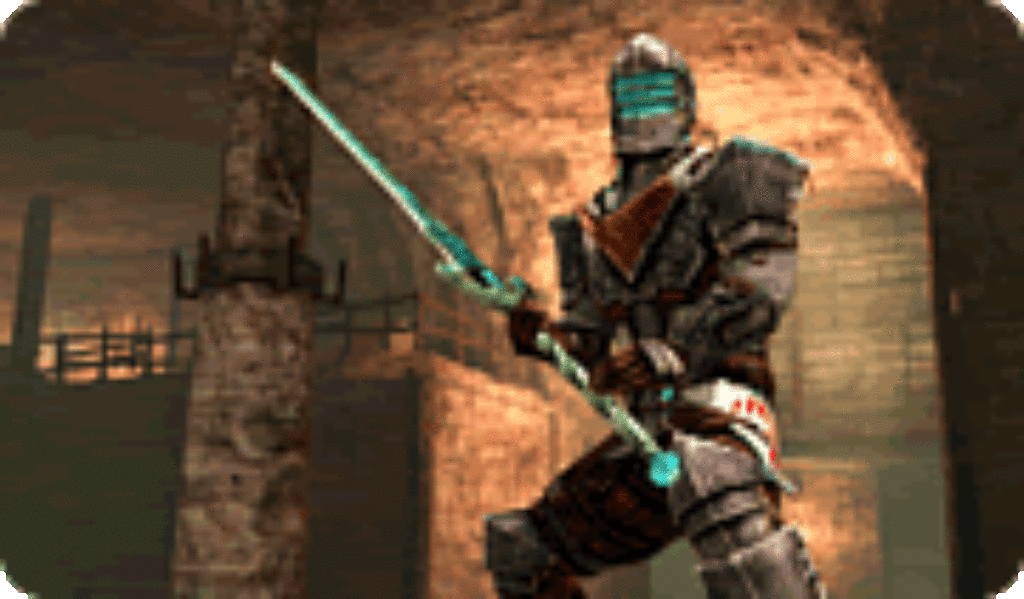
Over the last 15 years the gamemakers at BioWare have specialized in creating epic role-playing titles that sell like hotcakes and can gobble up a good 30 to 40 hours of button-mashing time. Their games tend to deliver deeply involving storylines and feature characters faced with difficult moral challenges. And recent best sellers—the Mass Effect and Dragon Age franchises among them—have been lauded for giving players a new sense of “shape the ending” control. They’ve also been know to open the space pod door or lower the castle drawbridge to some controversial content.
Dragon Age II slips into the story of 2009’s Dragon Age: Origins, taking place in the same timeframe as the first game but in a different part of its besieged Lord of the Rings-like world. This is a fantastical land of humans, dwarfs, elves and Qunari (massive horned creatures from beyond the sea). You play as Hawke (a human guy or gal) and are initially tasked with deciding if you’ll be a mage, rogue or warrior—depending on whether you want to blast foes with spells and arrows, or hack at them with something more up close and personal.
Then you escape from your battle-plagued homeland and settle your family in the city of Kirkwall. Starting out as a penniless refugee you must take on local, seemingly unconnected quests in order to survive and make a name for yourself. And while battling everything from greedy slavers to demonic mages to gigantic dragons, you slowly start gaining compatriots and unraveling the political and darkly spiritual intrigue of the world around you.
Choose Your Words Carefully
All of that adds up to a lot more rambling, unfocused questing than the first game had you doing. And that’s a huge change. There’s no big bad evil dude to beat or beleaguered kingdom to save here. The action is much more about personal survival and having an impact on the different characters you encounter. Will you stand by your mage sister and aid a group of ostracized dark magic casters or side with the Templars who give you good reasons to join their cause? Will you start slashing and killing at the least provocation or try to reason your way peacefully through your next problem?
It’s all about the choices. And as you make your way through the story’s three lengthy chapters you face decision after decision that doesn’t always have a clear-cut yea-or-nay answer. But there are plenty of possible answers to pull from. A dialogue wheel offers Hawke three or more verbal responses he can give every time it’s his turn to talk. Each response is labeled as aggressive, kind, humorous, loving, etc. And the person/creature with whom he’s interacting will respond in kind. A gamer’s words, then, can sometimes have as much long-term impact as actions.
Deny the Desire Demon
This flexibility and story creativity can certainly make things entertaining. But as mentioned, it can also usher in M-sized problems. For instance, one of the more attention-grabbing issues of past BioWare fare has been a player’s ability to make sexual connections. And in Dragon Age II if you want to pursue a sensual aside, you can woo a member of your party (sexual lingo and jokes are in the dialogue choices) or even pay for “services” at a brothel. And after triggering passionate embraces and lip locks—with both genders—you can tumble onto a bed for an offscreen interlude. We see Hawke lying in bed with his shirt off and his female partner in her corset-style underwear. One “Desire Demon” encounter features a voluptuous feminine creature who only wears a few small triangles of cloth. Other female outfits reveal lots of cleavage.
And speaking of demons, it should be noted that there are some pretty twisted religious goings-on. You can get involved with members of something called the Chantry, which is a church-like organization led by a Pope figure and buoyed by writings that mirror scripture passages. They worship a female Christ-like savior named Andraste. Hawke also runs into malefic magickers who cast spells and can enter a demon-filled netherworld called the Fade. And we see a mage bringing bodies and body parts back to life.
Then there’s Dragon Age II’s blood and guts. Hawke discovers, for instance, that his kidnapped mother has been cut up and used as parts for a Frankenstein-like monster. The options menu offers a “Disable Persistent Gore” button. But if you miss it, well, things get unusually messy for this kind of RPG. And even if you take the toned-down option, the blood still flows. Just unsheathing your sword seems to quickly set arteries to spurting. Even when you’re trying to be a peacekeeper you and your crew can get spattered with red goo. Swords and daggers, burning, freezing and lacerating spells, and arrow-launching crossbows take down human foes and demonic beasties alike. Enemies have their limbs severed and hacked, and they can explode in a shower of flesh and mush.
Dialogue includes quite a few foul crudities, including the s-word, “b‑‑ch,” “d‑‑n,” “a‑‑” and “b‑‑tard.”
Phew. That’s quite a laundry list of messy problems. But at least it ought to help with one choice concerning this game full of choices: whether or not to pick it up in the first place.

After spending more than two decades touring, directing, writing and producing for Christian theater and radio (most recently for Adventures in Odyssey, which he still contributes to), Bob joined the Plugged In staff to help us focus more heavily on video games. He is also one of our primary movie reviewers.